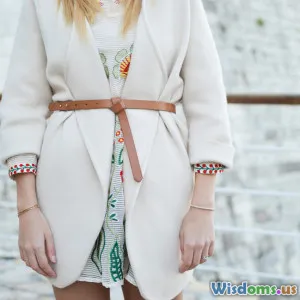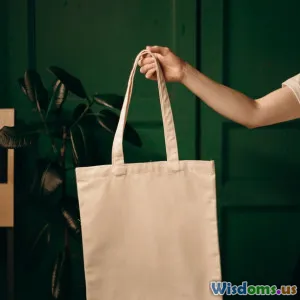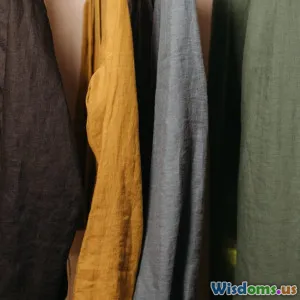
How to Start a Capsule Wardrobe That’s Truly Eco Friendly
31 min read Start a sustainable capsule wardrobe with audits, material choices, ethical brands, care, and repair. Practical steps, cost-saving tips, and example item lists for seasons and lifestyles. (0 Reviews)
You don’t have to dress like a minimalist monk to own an eco-friendly wardrobe. In fact, the most sustainable closet is one you actively love and wear—often. A capsule wardrobe is simply a compact, coherent set of clothes that mix-and-match easily, so you get more outfits from fewer pieces. When you build it with the planet in mind—prioritizing longevity, responsible materials, and mindful habits—you unlock serious environmental benefits without sacrificing style.
Below is a complete, practical guide to starting a capsule wardrobe that’s truly eco friendly, from auditing what you own to understanding fabrics, caring for clothes, and shopping smarter.
What Makes a Capsule Wardrobe Truly Eco Friendly

A capsule wardrobe isn’t eco friendly by default just because it’s small. It’s eco friendly because it reduces overconsumption and maximizes the life of each item. Consider three pillars:
- Use: The more wears per garment, the lower its impact per wear. Research by WRAP (UK) suggests extending a garment’s life by just nine months can reduce its carbon, waste, and water footprints by 20–30%.
- Materials: Fibers and processes matter. Fabrics with lower resource use and safer chemistry lessen upstream impacts.
- Care and end-of-life: How you wash, dry, repair, and eventually pass on or recycle clothing significantly affects its footprint. For example, multiple life-cycle assessments show that consumer care can account for a sizable share of a garment’s emissions—Levi’s found roughly 37% of a pair of jeans’ climate impact happens in the use phase (mainly due to washing and drying).
Why it matters: apparel and footwear are responsible for an estimated 4% of global greenhouse gas emissions. Building a capsule that you genuinely wear, maintain, and keep in rotation counters the churn of fast fashion and the logistics emissions that come with it.
Start With Your Life, Not a Pinterest Board

A capsule that ignores your actual lifestyle is doomed to gather dust. Before picking colors or fabrics, map your real-world needs:
- Weekly schedule: How many days do you spend at an office, in a workshop or lab, at home, exercising, or at events? If you work from home four days a week, you don’t need a suit-heavy capsule—maybe one blazer for meetings and more polished knits.
- Climate and seasons: A coastal climate with mild winters demands different layers than a continental climate with heavy snowfall. If you see rain 100+ days a year, invest in water-repellent outerwear and quick-drying layers.
- Activities: Do you bike commute? Choose tapered trousers with stretch and cropped hems. Do you attend formal events? Allocate at least one dress or suit you can style multiple ways.
Example: A software developer in Seattle might need three pairs of smart-casual pants, two merino sweaters, a waterproof shell, a warm midlayer, five tees, and one blazer. A medical professional doing shifts might prioritize high-quality scrubs, supportive shoes, and weekend leisure pieces instead of formalwear.
Audit What You Already Own
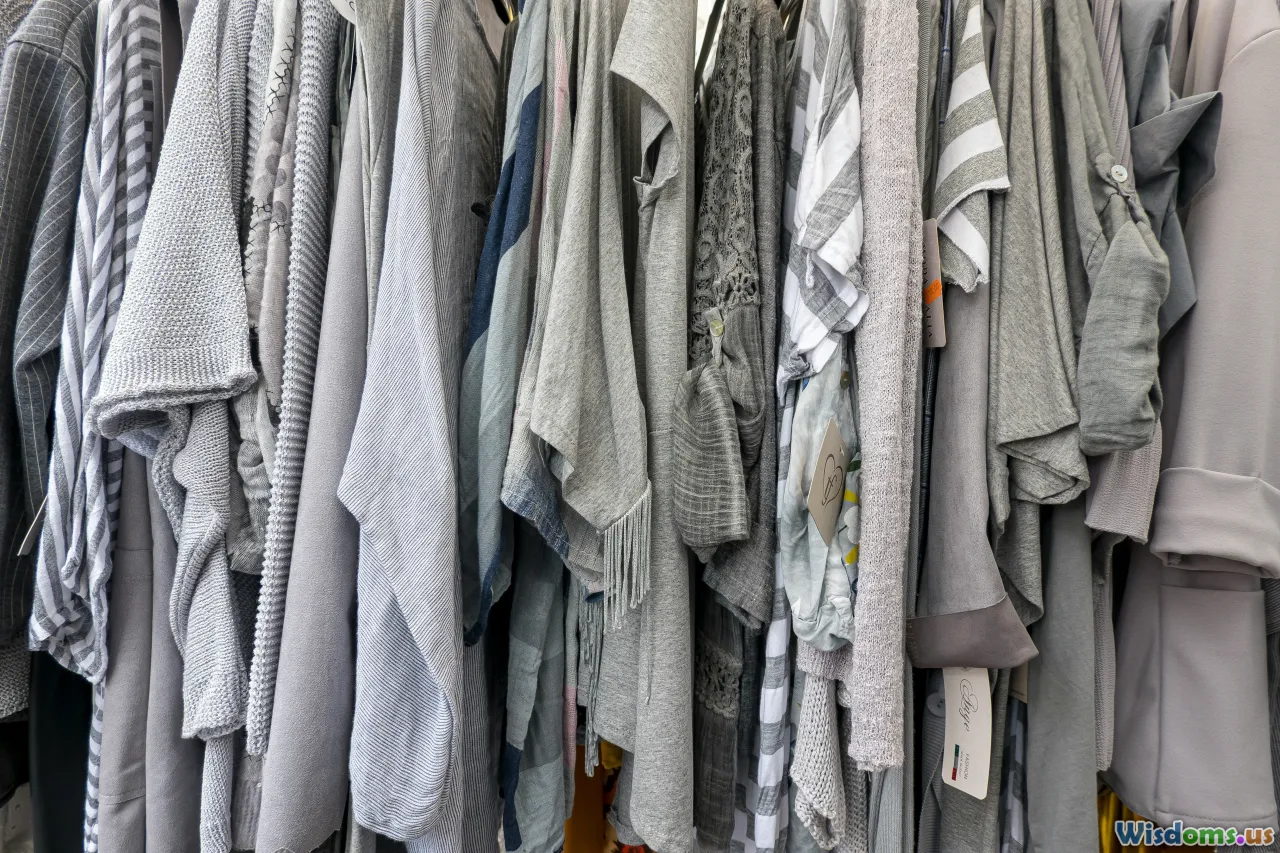
The greenest garment is the one in your closet. A thorough audit often surfaces 60–80% of your future capsule.
Try this four-bucket method:
- Love and wear: Fit is good, quality holds, and it suits your lifestyle. Keep.
- Love but needs work: Needs mending, cleaning, re-dyeing, or tailoring. Put these in a visible “fix” pile with deadlines.
- Unsure: Store in a labeled box for a two-month “test.” If you don’t miss it, let it go responsibly.
- No: Poor fit, uncomfortable, or rarely worn. Sell, swap, or donate thoughtfully.
Assess quality as you go:
- Fabric feel and density: Heavier knits and tightly woven fabrics typically last longer.
- Stitching: Look for about 10–12 stitches per inch on seams; check for secure bar-tacks at stress points and clean seam finishing.
- Hardware: YKK or RiRi zippers, metal snaps, and sturdy buttons signal longevity. Spare buttons are a small but positive sign.
Tip: Turn garments inside out and look at the seam allowances. Wider allowances and robust finishing (French seams, flat-felled seams) usually mean better durability and alterability.
Choose a Cohesive Color Palette You’ll Actually Wear

A coherent color palette multiplies the outfit options from a small number of pieces. Keep it simple:
- Two or three core neutrals: For example, navy, charcoal, and cream.
- One or two accent colors: Olive and rust, or cobalt and soft pink.
- Metals and footwear tones: Decide if you’re mostly silver or gold hardware, black or brown footwear, to unify accessories.
Practical test: Lay out your favorites and check compatibility. Do your shoes match your pants? Do your outer layers work with most tops? If a piece clashes with everything you love, it’s a style outlier—keep only if it earns its keep (e.g., a special-occasion dress).
Fabric Matters: A Fiber-by-Fiber Eco Guide
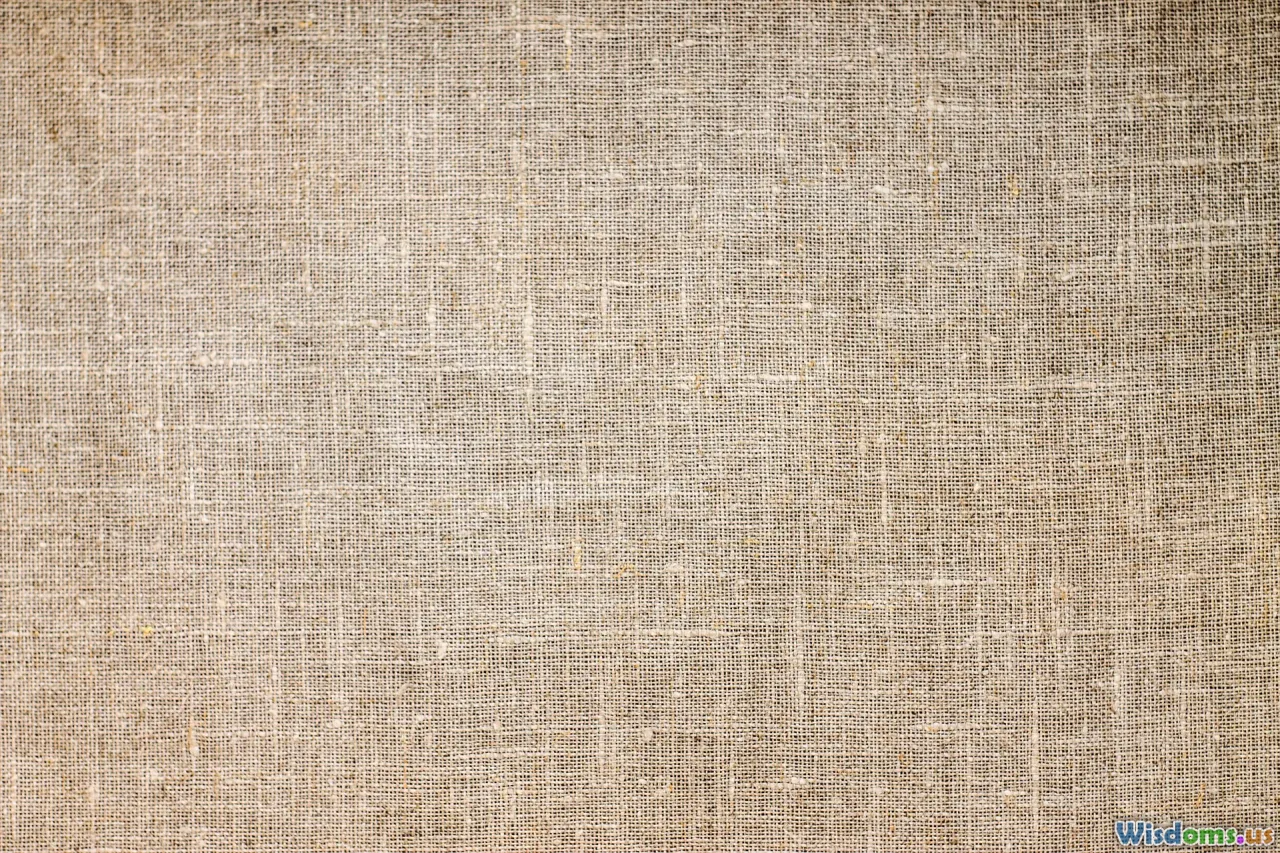
Not all fibers are created equal. Here’s a pragmatic guide grounded in durability, impact, and care.
- Organic cotton: Reduces pesticide use and encourages healthier soil systems. Great for tees, shirts, and denim. Look for GOTS certification for fiber and processing standards.
- Linen (flax): Low water needs, thrives with minimal inputs, and lasts decades when well cared for. Perfect for hot climates; wrinkles are part of its charm.
- Hemp: Durable, naturally pest-resistant, and becomes softer with wear. Good for pants, workwear, and blends.
- Wool (merino or lambswool): Warm even when damp; odor-resistant, so you wash less. For animal welfare, look for RWS (Responsible Wool Standard) or ZQ certification.
- Lyocell (TENCEL): Produced in a closed-loop process recovering about 99% of solvent; drapes beautifully and breathes well. Ideal for tops, dresses, and soft pants.
- Recycled polyester/nylon: Useful for performance outerwear and insulation; reduces virgin petrochemical use. Wash in a microfibre-catching bag or use a filter to limit microplastic shedding—synthetic textiles are estimated to contribute a significant share of primary microplastics to the ocean.
- Silk: Biodegradable and strong for its weight; prefer brands with transparent sourcing and low-impact dyeing.
Use with caution:
- Viscose/rayon/bamboo viscose: Can be resource- and chemical-intensive unless produced with strong controls. Prefer lyocell over standard viscose.
- Conventional leather: Durable and repairable but resource-heavy. If you choose it, buy the best you can afford, condition it, and repair as needed. Alternatives vary widely in durability; look for plant-based or leather-waste composites with proven wear tests.
Red flags: “Bamboo” with vague processing claims, “eco” without certifications, or polyester labeled sustainable solely due to marketing. Certifications to know include GOTS (organic textiles), OEKO-TEX Standard 100 (tested for harmful substances), bluesign (safer chemistry), RWS (wool), RDS (down), and Fair Trade or SA8000 (labor standards).
Quality Indicators: How to Spot Clothes That Last

Durable clothes are the backbone of an eco capsule. Check for:
- Stitch density: Around 10–12 stitches per inch on seams for wovens; secure twin-needle hems on knits.
- Seams and finishing: Flat-felled or French seams for durability. On knits, look for sturdy overlock with balanced tension.
- Fabric weight and hand: Mid- to heavy-weight tees (~180–220 gsm) outperform thin tees for longevity. Denim at 12–14 oz is a robust everyday range.
- Stress points: Reinforced pockets, gussets in pants, bar-tacks at the base of pockets and belt loops.
- Repairability: Patch pockets, replaceable buttons, and standard zipper sizes make future repairs easier.
Fit for longevity: A piece that is slightly generous (not tight across shoulders or seat) will experience less seam stress and last longer.
A 30-Piece Capsule Blueprint (Adapt It to You)
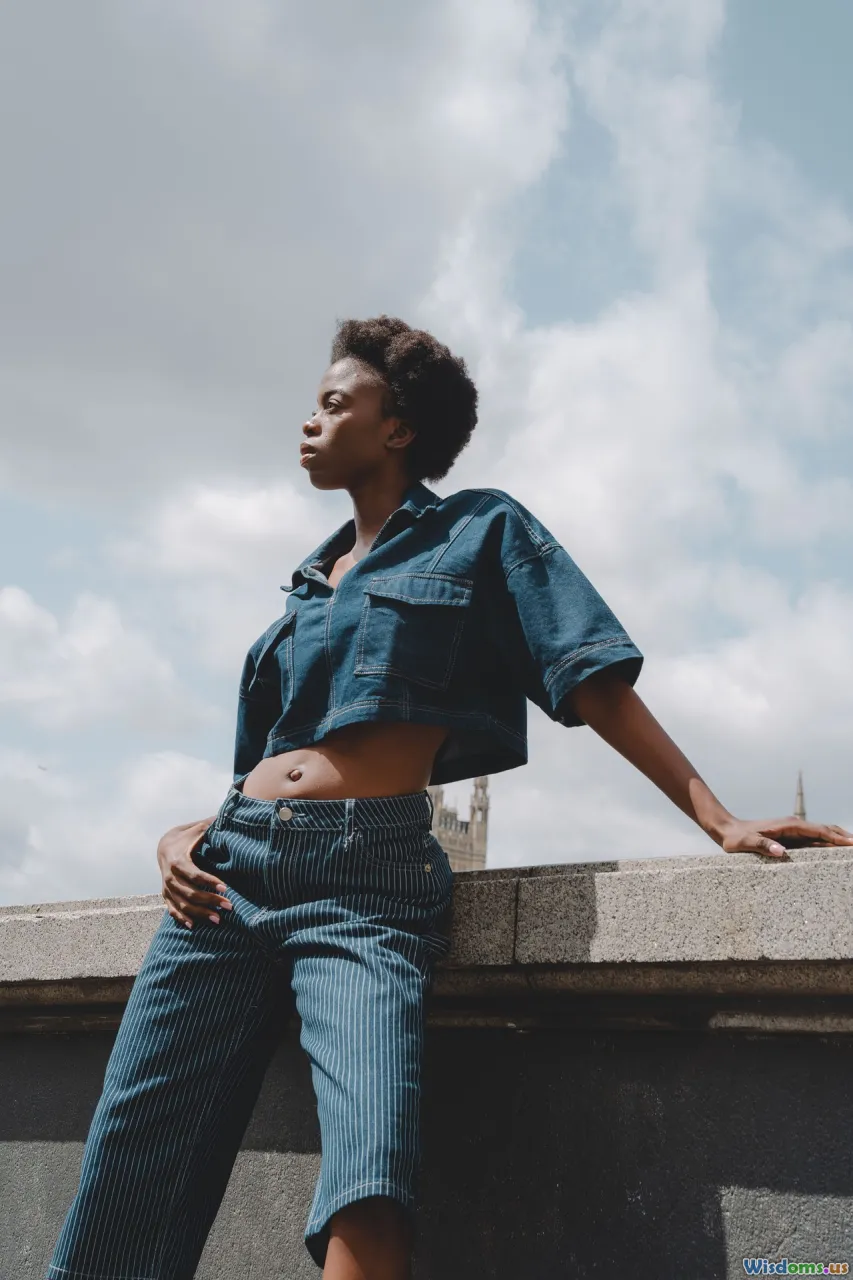
Use this as a starting point—not a rulebook. Adjust counts for your climate and work requirements.
- Outerwear (3): Rain shell, warm coat (e.g., wool or insulated), light jacket (denim or chore coat).
- Knitwear (4): 2 merino sweaters (crew and turtleneck), cardigan, fleece or wool midlayer.
- Shirts/blouses (5): 2 button-downs (cotton/linen), 2 blouses/structured tops, 1 flannel or chambray.
- Tees/tanks (6): 3 high-quality tees (organic cotton or merino blend), 2 tanks, 1 long-sleeve tee.
- Pants (5): 2 smart-casual trousers, 1 dark denim, 1 relaxed chino, 1 specialty (e.g., wide-leg or workwear).
- Dress/skirts (3): 1 versatile dress, 1 skirt, 1 jumpsuit or second dress.
- Shoes (3): Everyday sneakers, smart shoe/boot, weather-ready boot.
- Wildcards (1): A statement piece or seasonal necessity (e.g., formal dress, linen set).
Why this works: Between palette cohesion and compatible silhouettes, these pieces can generate 60–100+ outfits. If you live somewhere very hot, shift toward linen tops and fewer sweaters; if very cold, swap one shirt for thermal base layers and add a second coat.
Sourcing Smarter: From Your Closet to Secondhand and Beyond
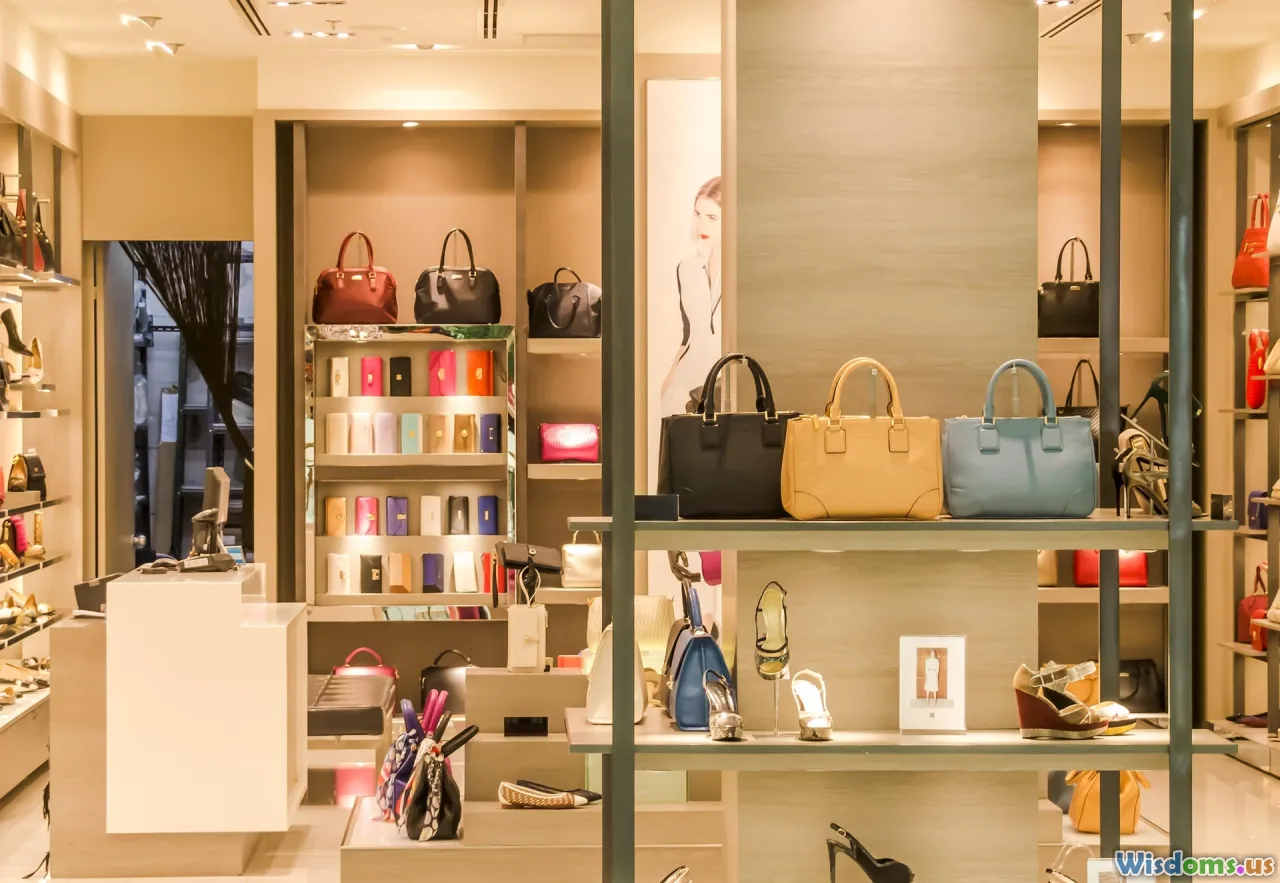
The most sustainable shopping is selective shopping. Consider this hierarchy:
- Shop your closet: Tailor, mend, or re-style first.
- Swap: Host a clothing swap with friends or community groups.
- Secondhand: Thrift, consignment, and authenticated resale (for higher-end goods) offer excellent value and reduce demand for new production.
- Responsible new: When buying new, look for third-party certifications, transparent suppliers, and brands publishing supplier lists and impact reports.
Practical sourcing tips:
- Secondhand alerts: Set saved searches with specific descriptors like “merino crewneck navy size M,” “14 oz selvedge denim 32x30,” or “Gore-Tex shell women’s small.” Narrow terms reduce scrolling fatigue.
- Try-ons and return policies: For new-to-you brands, prefer platforms or shops with clear measurements and returns.
- Local makers: Small-batch production reduces transportation and often supports repair services.
Note on deadstock: Some brands use factory leftover fabrics. It can be a smart reuse, but transparency matters: ask how they source, how much is truly diverted, and whether production volumes match the claim.
Secondhand Strategy: Tailoring, Timing, and Traceability
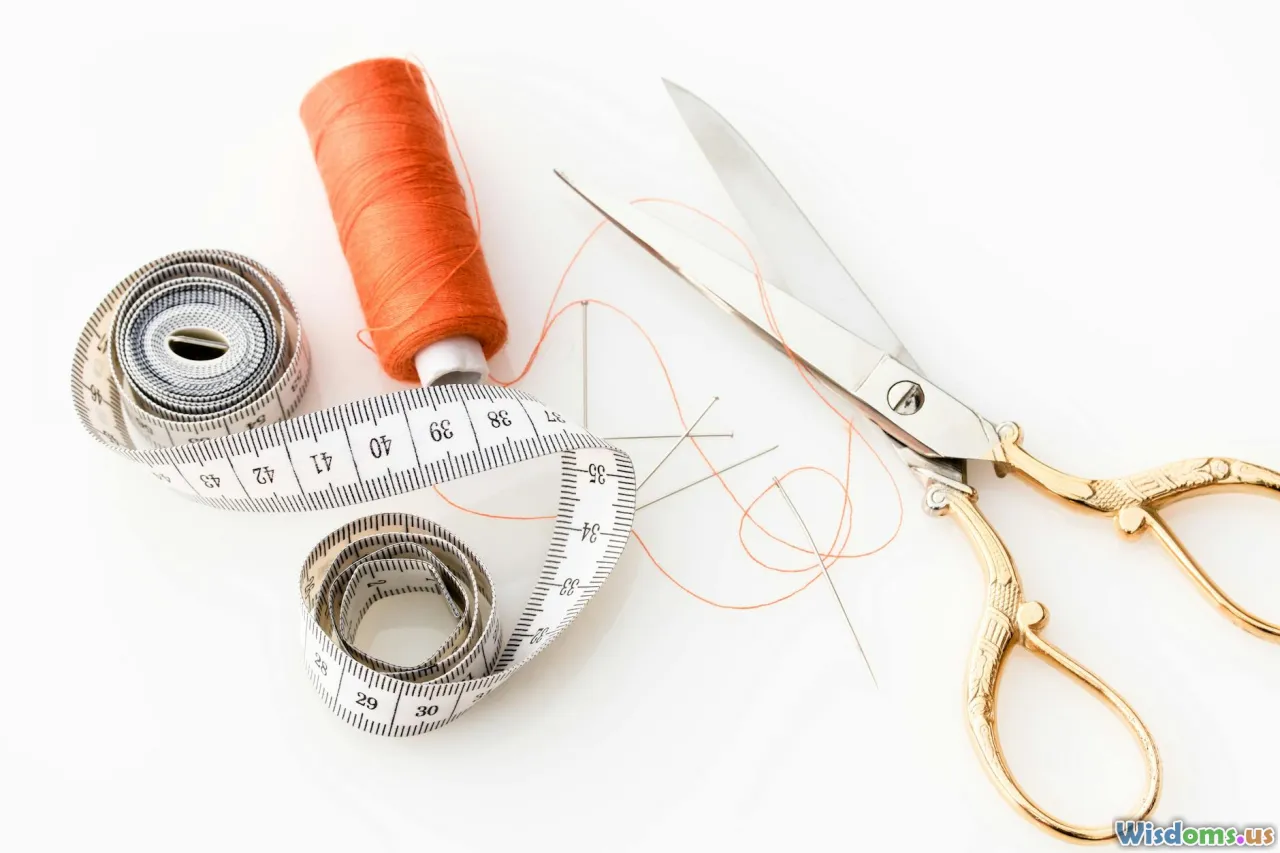
Secondhand excellence is part art, part process.
- Timing: Restocking often happens mid-week. Visit consistently, not just seasonally. Off-season shopping (buying coats in spring) yields better picks.
- Fit plan: A too-long hem or roomy waist is fixable; a too-tight shoulder often isn’t. Bring your frequent shoes to assess pant lengths.
- Alteration menu: Hemming trousers, taking in a waist, or replacing buttons are low-cost, high-impact tweaks. Expect $10–25 for hems, $15–40 for waist adjustments in many cities.
- Authentication: For high-value goods, use reputable consignment or third-party authentication. Learn brand-specific hallmarks: stitching, materials, label details.
Keep a tailor’s contact handy and budget for adjustments; turning a near-miss into a perfect fit is more sustainable than hunting for a unicorn.
Care That Cuts Impact: Wash, Dry, Store, Repair
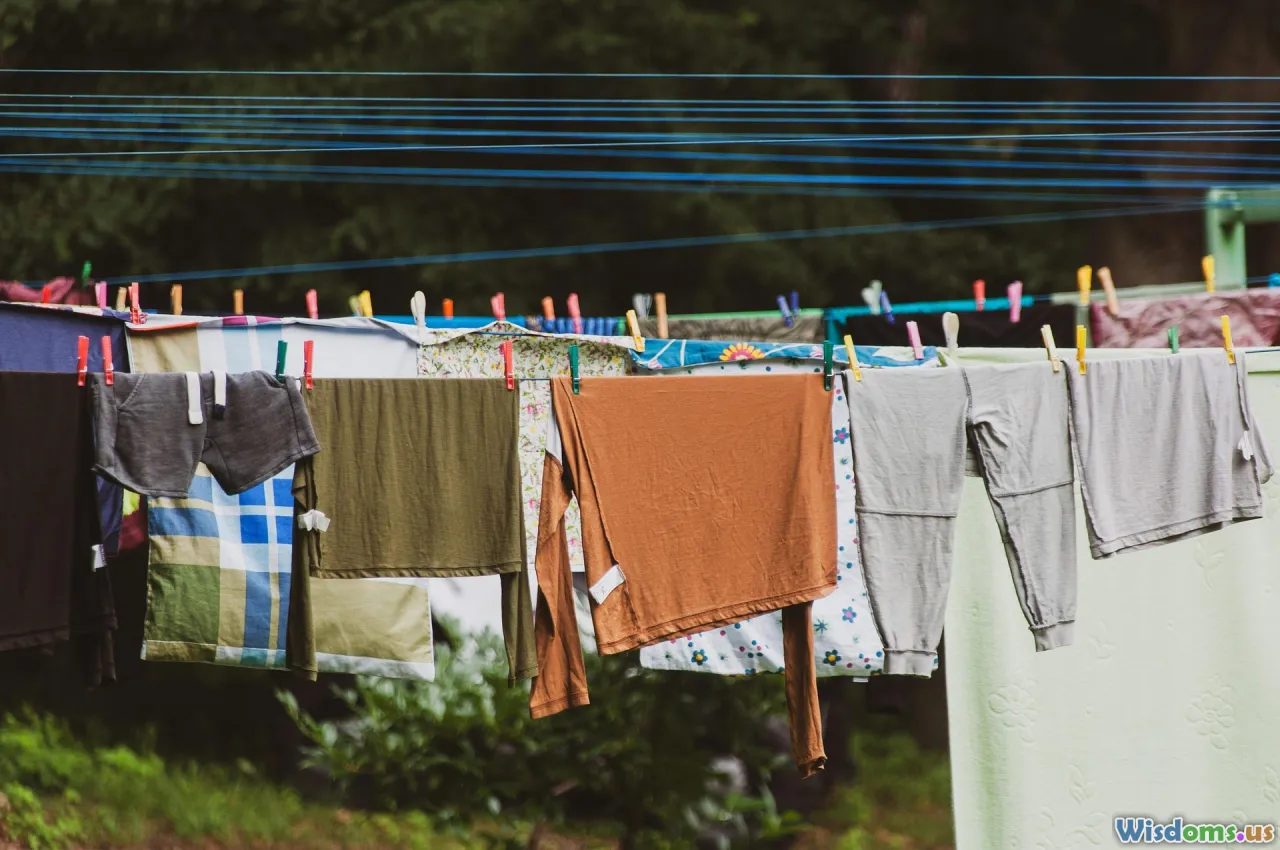
Care is where eco intent becomes daily habit.
- Wash less, but better: Air out knits, spot clean stains, and use a garment brush to refresh wool coats. Jeans and wool often go several wears (or more) before washing.
- Cold water, gentle cycles: Cold washing can significantly reduce energy use and fabric wear. Use a mild, biodegradable detergent.
- Air dry: Line-drying or using a drying rack can cut energy use dramatically compared with tumble drying and preserves fabric elasticity and color. If you must machine-dry, use low heat and remove while slightly damp.
- Microfiber filters: Install a washing machine filter or use a wash bag to catch synthetic microfibers.
- Storage: Use breathable garment bags for wool and silk. Cedar blocks or lavender help deter moths without harsh chemicals.
Care schedule example:
- Weekly: Brush woolens; air out layers.
- Monthly: Launder knits and shirts as needed; de-pill sweaters with a manual comb.
- Seasonally: Handwash delicate knits; reproof rain shells; condition leather. Sharpen sweater shavers and replace missing buttons.
The Carbon Math: Cost-Per-Wear and True Cost of Ownership

Eco doesn’t mean expensive—but cheap-per-wear matters more than cheap-at-checkout.
- Cost per wear (CPW) formula: CPW = purchase price / estimated wears.
- Example A: $200 leather boots worn 150 times over three years = $1.33 per wear.
- Example B: $50 trend boots worn 10 times = $5 per wear.
True cost includes maintenance:
- Resoling boots ($40–80) can double their lifespan.
- Sweater depilling ($0 with a comb you already own) keeps knits looking new.
- Dry-cleaning avoidance: Choose garments you can handwash or cold-wash; reserve dry cleaning for tailored wool or silk when truly necessary.
Set a capsule budget that prioritizes repair and care. For example, out of $800 for the year, earmark $120 for tailoring and maintenance; spend the remaining $680 strategically across gaps.
Ethics and Certifications: Reading Labels With a Critical Eye

Look beyond marketing to verifiable standards. Useful certifications and what they imply:
- GOTS: Organic fiber content plus restricted chemicals in processing and certain social criteria.
- OEKO-TEX Standard 100: Tests final products for harmful substances; it’s a safety standard, not a full sustainability standard.
- bluesign: Focuses on safer chemistry and resource efficiency throughout the production chain.
- RWS/RDS: Animal welfare standards for wool and down respectively.
- Fair Trade/SA8000: Social standards addressing worker well-being and labor rights.
Also assess transparency:
- Does the brand publish tier-1 factory locations and audit summaries?
- Are wage data or commitments to living wages disclosed?
- Do they offer repair, resale, or take-back programs?
Certifications aren’t perfect; treat them as one data point within a broader practice of buying less and buying better.
Minimizing Waste: End-of-Life and Circular Options
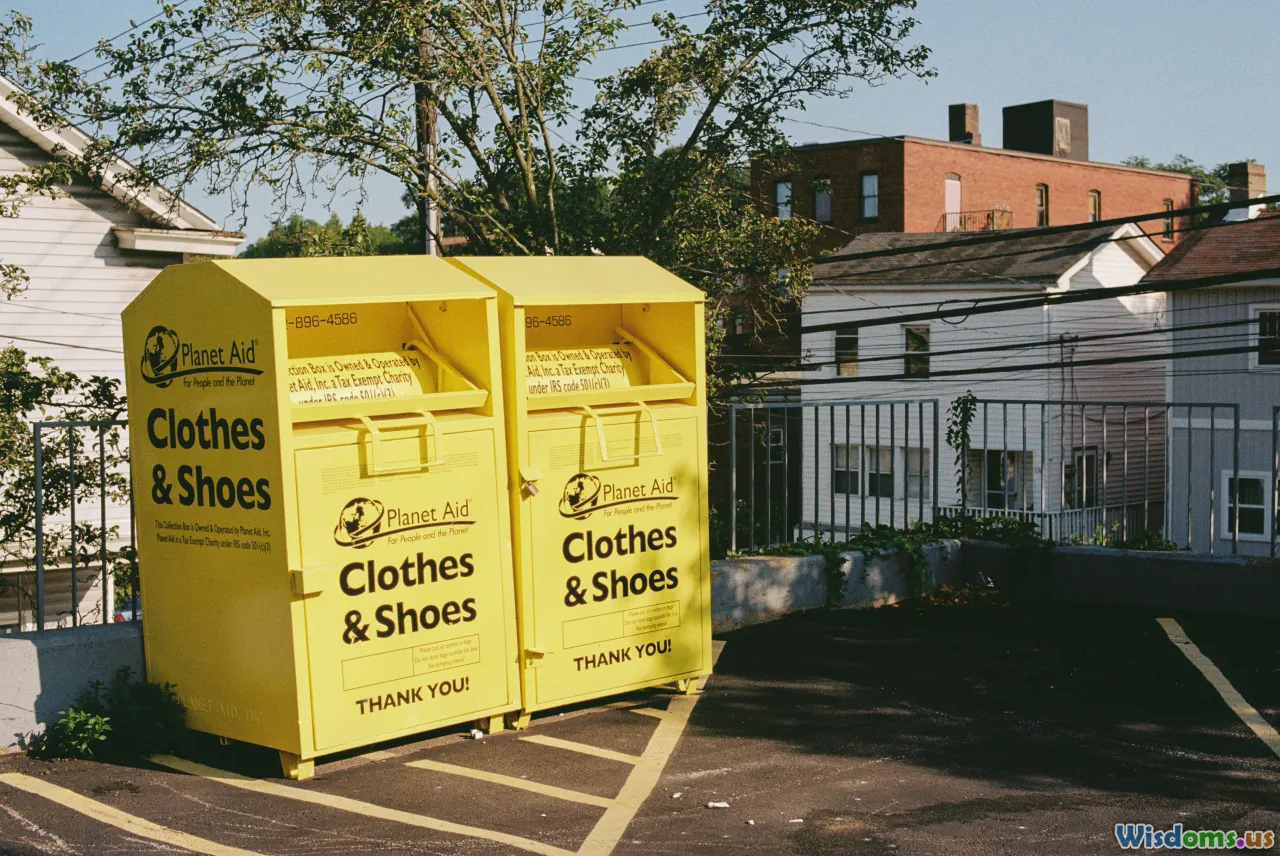
Plan for the full life of every garment.
- Resell: Move on quality items while they still have value.
- Swap: Great for gently used trend-adjacent pieces.
- Donate thoughtfully: Choose organizations that place items directly with people, not just bulk exporters.
- Repair or remanufacture: Turn damaged jeans into shorts, patchwork, or chore vests; felt moth holes in sweaters with visible mending.
- Textile recycling: Availability varies; fiber-to-fiber recycling is emerging but limited. Keep items clean and dry to maximize recyclability.
Make departure gates explicit: Before buying, ask yourself where the item will go when you’re done. If the answer is “landfill,” reconsider or buy a version that can be repaired or resold.
Build in Versatility: The Outfit Multiplier Rules
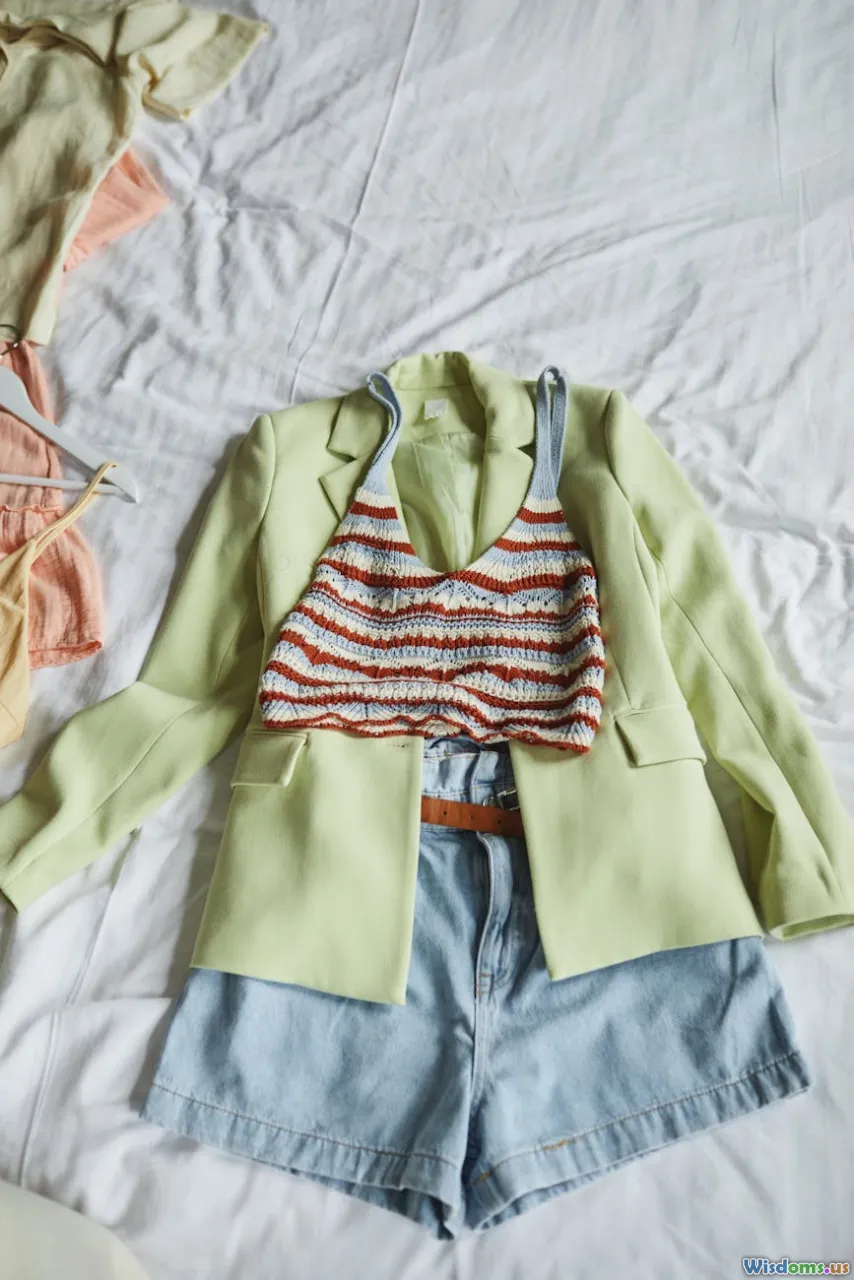
Compress your wardrobe, expand your options.
- The 3x rule: Each top should match at least three bottoms; each bottom should pair with three tops.
- Layering logic: A blazer that works with denim, trousers, and a dress triples its utility.
- Footwear anchors: One pair of everyday shoes should work with 70% of your outfits. Color-matching soles/laces can subtly unify looks.
- Accessory rotation: Scarves, belts, and jewelry shift the mood without adding bulk to your closet.
Try a 10x10 challenge: Choose 10 items (including shoes) and create 10 outfits for 10 days. Take notes on what feels missing or redundant before you buy anything.
A Case Study: From Overflow to Order in 60 Days
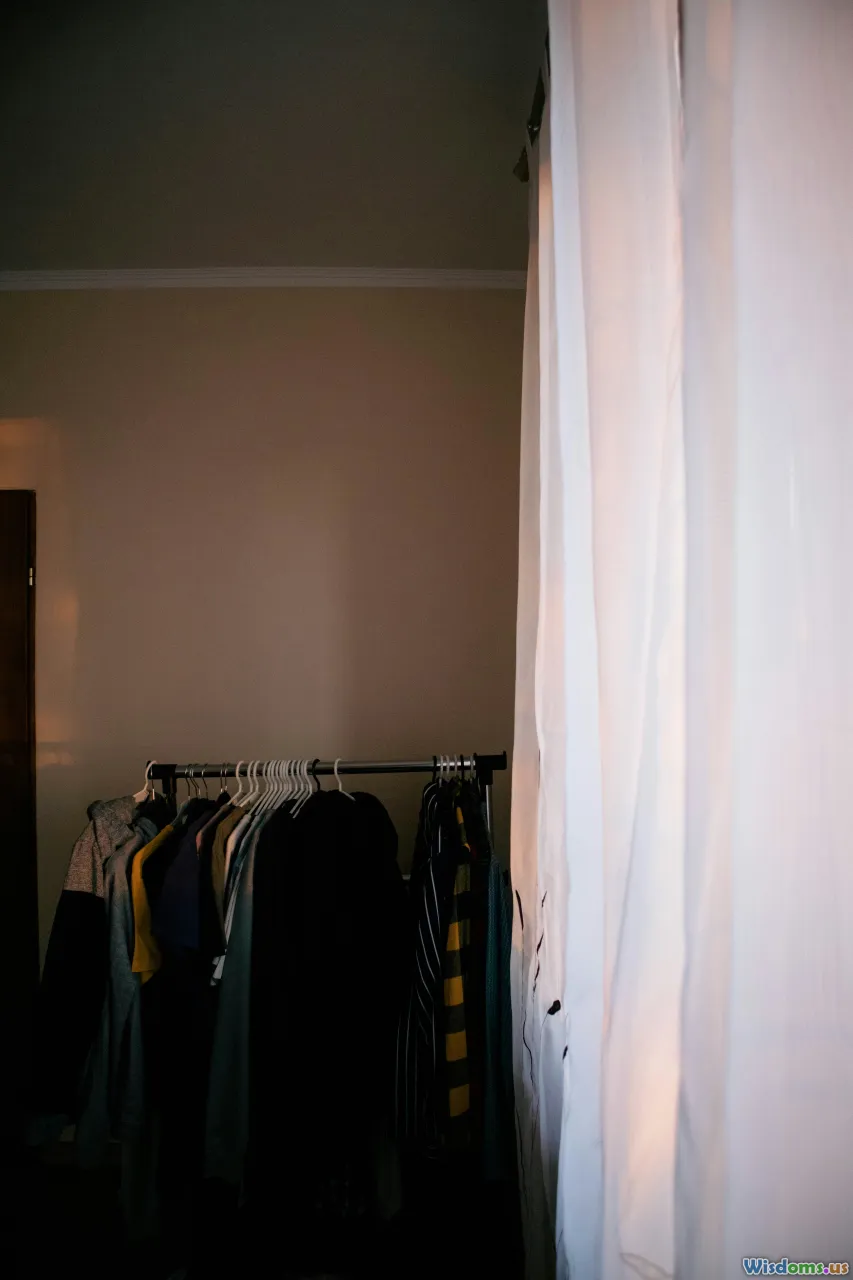
A real-world blueprint makes the process concrete.
- Week 1: Audit. Out of 120 items, 58 are in regular rotation. Fifteen go to the “fix” pile (two hems, four buttons, one zipper replacement, eight minor mends). Twenty-five go into the “unsure” box.
- Week 2: Palette set. Core neutrals: navy, charcoal, cream. Accents: rust and olive. Decision: silver-toned hardware and black footwear.
- Week 3: Fit fixes. Tailoring bill of $98 covers hems, waist nip on trousers, and replacing loose buttons. Three items become instant favorites again.
- Week 4: Gaps identified. Needed: waterproof shell, dressier black ankle boots, one versatile blouse. Budget: $450 total.
- Week 5: Sourcing. Finds a secondhand Gore-Tex shell ($120) and near-new leather boots ($140) via consignment. Buys a new TENCEL blouse from a transparent brand ($160). Total $420.
- Week 6–8: Care routines set. Adds a microfiber filter, uses cold washes, and air-dries 80% of laundry. Establishes a quarterly repair check-in.
Outcome: 35-piece capsule with 90+ outfit combinations. Monthly outfit repeats increase, impulse buys drop to zero, and clothing-related waste bags fall from four per year to one small bag of unusable textiles.
Common Pitfalls (and How to Avoid Them)
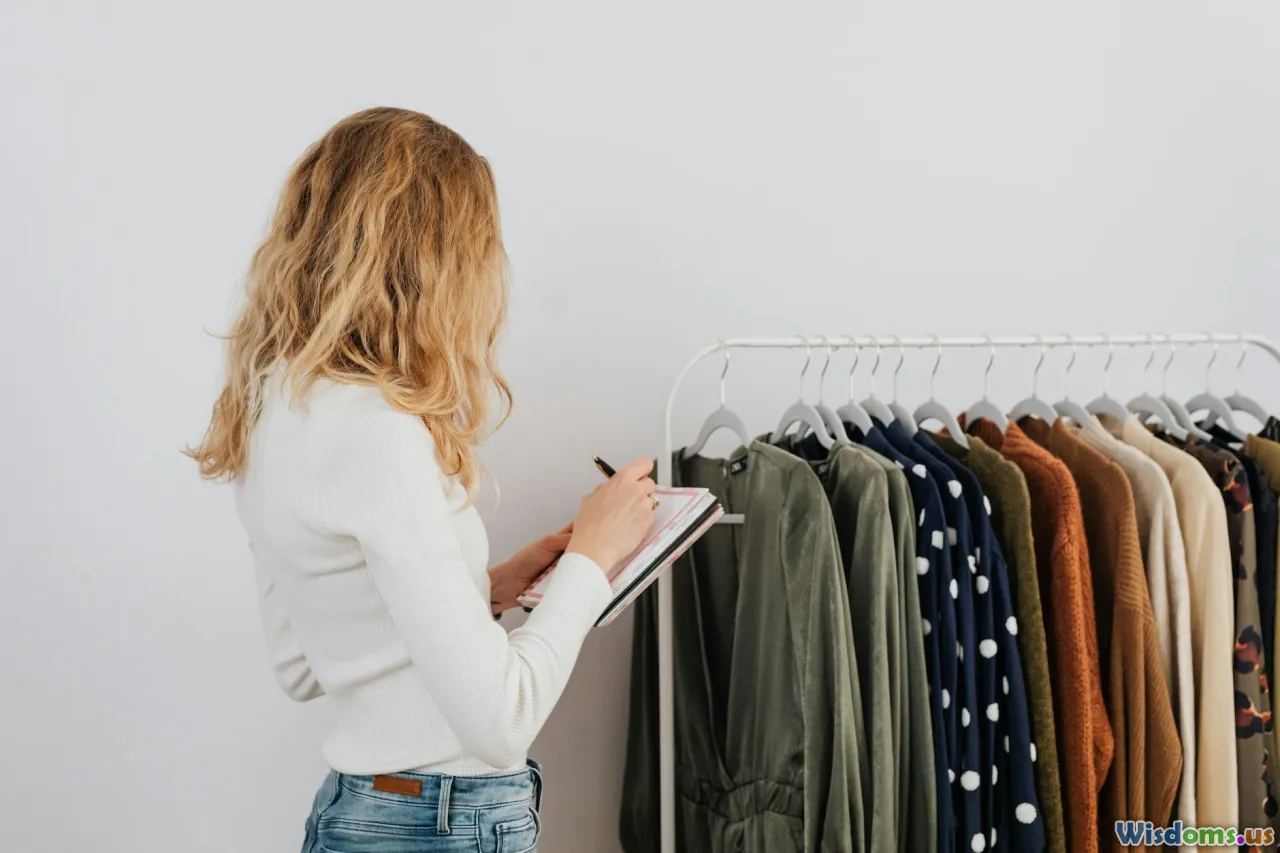
- Buying duplicates of near-identical items: If you already have a navy crewneck sweater, a second one with minimal differences doesn’t expand your outfit math—try a different neckline or texture instead.
- Ignoring footwear: Shoes anchor silhouettes; the wrong shoe makes great clothes languish. Prioritize comfortable, repairable shoes that suit most outfits.
- Chasing trends under the guise of a capsule: A capsule is dynamic but deliberate. Add trends via accessories or secondhand, and set a “cooling-off” period before buying.
- Over-minimizing: A too-tiny capsule creates laundry strain and boredom, leading to more shopping. Right-size to your lifestyle.
- Overlooking climate: Capsules built for Instagram, not weather, gather dust. Start with local seasonality.
Travel Capsules: Pack Light, Dress Fully
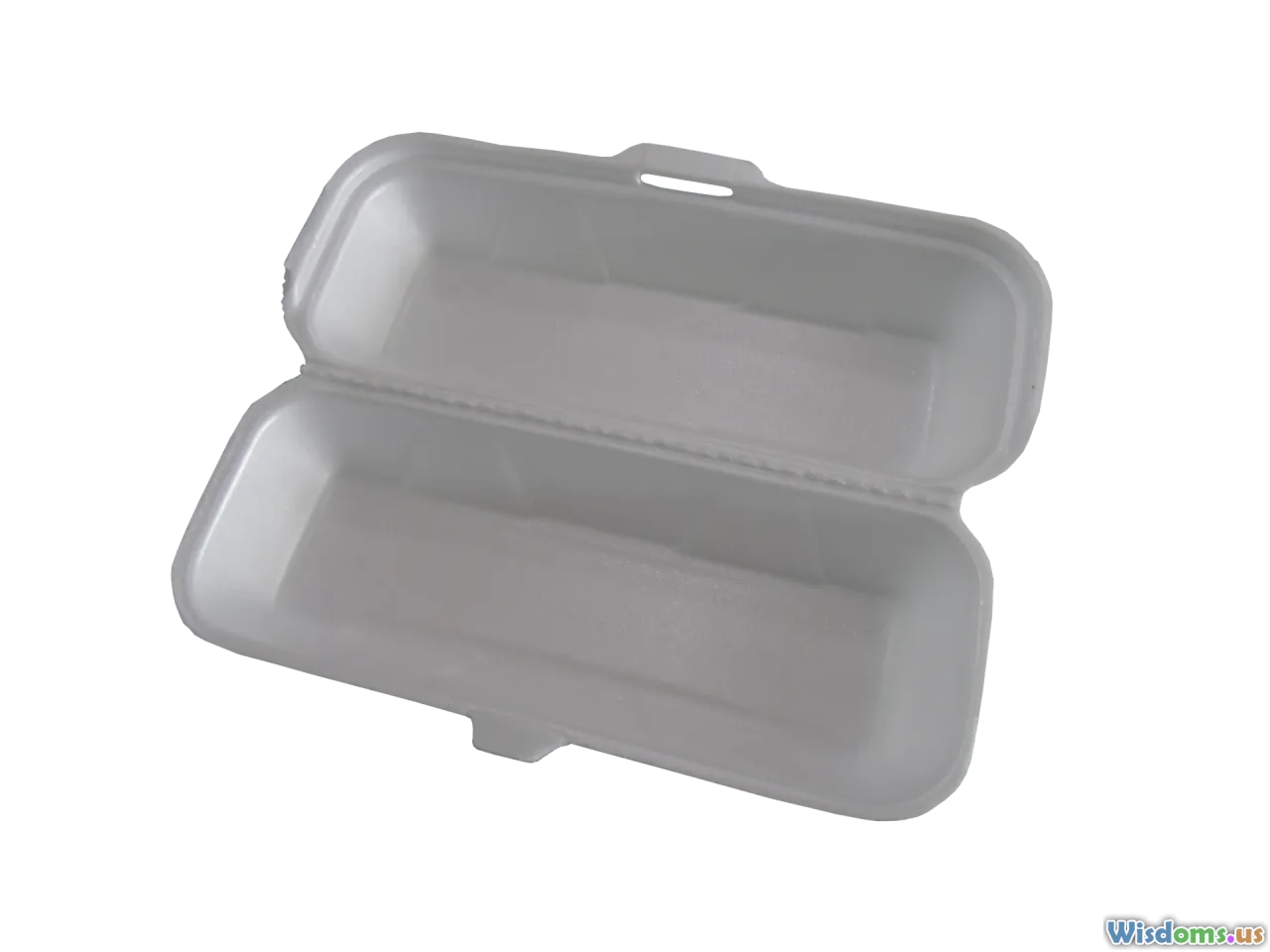
Your eco capsule simplifies packing. For a five-day city trip:
- Tops: 2 tees, 1 blouse/shirt, 1 light sweater.
- Bottoms: 1 trouser, 1 dark denim.
- Outerwear: 1 weather-appropriate jacket.
- Shoes: 1 comfortable sneaker, 1 dress shoe/boot.
- Extras: 1 scarf, 1 multi-use belt, underwear/socks.
Color coherence ensures every top pairs with both bottoms and the outer layer. Handwash essentials at night; air dry. Choose wrinkle-resistant or quick-drying fabrics (lyocell, merino, technical blends).
Seasonal Adjustments Without Starting Over

Keep the core, rotate the edges.
- Spring/Summer swaps: Trade heavy sweaters for linen shirts and tanks. Add a breathable hat and a light skirt or shorts.
- Fall/Winter swaps: Bring in thermals, heavier knits, and a warm coat. Reproof waterproofs before the rainy season.
- Transitional layering: Longline cardigans, lightweight down/insulated vests, and silk base layers extend the range of warm-weather pieces.
Maintain a small “seasonal bin” with off-season items clean, mended, and ready to rotate.
Tools to Plan and Stay on Track

Make intention a habit with simple tools:
- Wardrobe tracker app or spreadsheet: Log wears to see true MVPs and duds.
- Cost-per-wear calculator: Helps curb impulse purchases.
- Quarterly audit checklist: Fit check, missing buttons, pilling, sole wear.
- Outfit lookbook: Snap photos of favorite outfits for rushed mornings.
Set a “one in, one out” policy. If something new enters, decide what leaves, how it leaves (sell, swap, donate), and by when.
Your First Week: A Quick-Start Plan

- Day 1: Pull everything out. Create the four buckets: keep, fix, unsure, out.
- Day 2: Define palette and silhouette—choose neutrals, 1–2 accents, and your preferred fits.
- Day 3: Identify gaps. Write a specific list with priorities (e.g., “black ankle boot with 1.5-inch heel, resoleable”).
- Day 4: Book tailoring and line up repairs; order missing buttons, zipper pulls, or heel caps.
- Day 5: Set care routines: cold wash, air dry plan, microfiber filter, moth deterrents.
- Day 6: Source secondhand first. Set saved searches. Visit one consignment store.
- Day 7: Create 10 outfits from your keepers and take photos. Note any friction points.
At week’s end, you have momentum, clarity, and a capsule that already works—even before buying anything new.
Frequently Asked Questions, Answered Candidly

- How many pieces should a capsule have? Enough to cover your lifestyle with minimal stress. For many, that’s 30–40 year-round pieces, excluding underwear and activewear. It’s not a competition to go lower.
- Can a capsule be colorful? Absolutely. The key is cohesion, not muted tones. A palette of cobalt, cream, and camel can be as versatile as navy and grey.
- Are synthetic fabrics banned? No. They’re useful for performance and rainwear. Keep them to high-utility roles, wash with filters, and buy recycled content when possible.
- What about kids? The principles hold: buy quality secondhand, favor adjustable waists and cuffable hems, and create mini-capsules for school/play.
- Dry cleaning—yes or no? Minimize it. Many “dry-clean only” wools and silks tolerate careful handwashing. When you must dry-clean, seek professional wet-cleaning or green-certified cleaners.
A Simple Decision Tree Before You Buy

Ask, and answer honestly:
- Does it fit my palette and silhouettes?
- Will it make at least five outfits with what I own?
- Is the fabric appropriate for my climate and care habits?
- Is it well made and repairable?
- Will I wear it 30+ times? If not, why not?
- If brand-new, does the brand share credible labor and environmental data?
Only when you have five “yes” answers does it earn a place in your eco capsule.
Your wardrobe doesn’t need to be perfect to be transformative. Choose fewer, better pieces. Care for them like the useful tools they are. Mending a seam, polishing a shoe, or air-drying a sweater isn’t just maintenance—it’s an everyday vote for a calmer closet and a healthier planet. Over time, that kind of quiet consistency is what makes a capsule wardrobe truly eco friendly.
Rate the Post
User Reviews
Popular Posts











